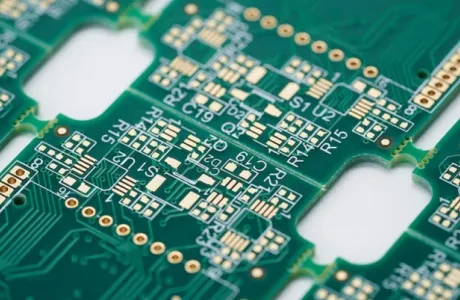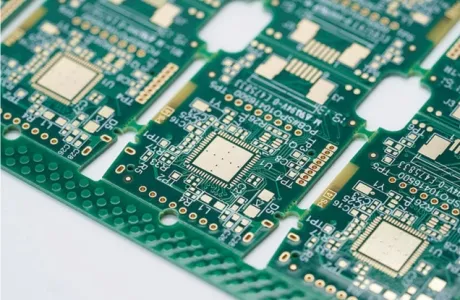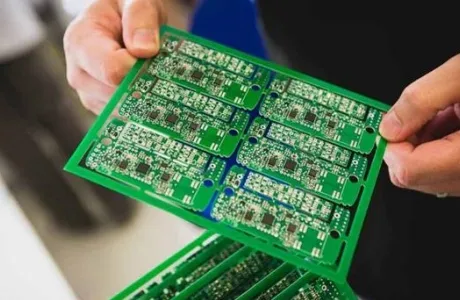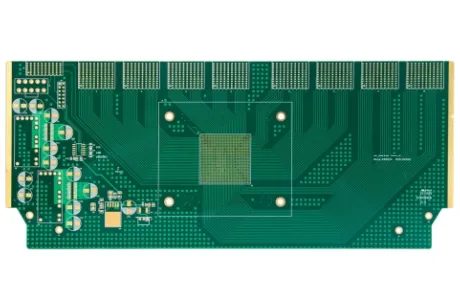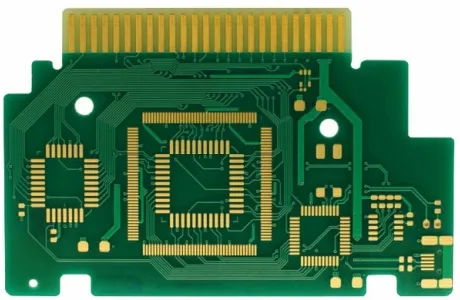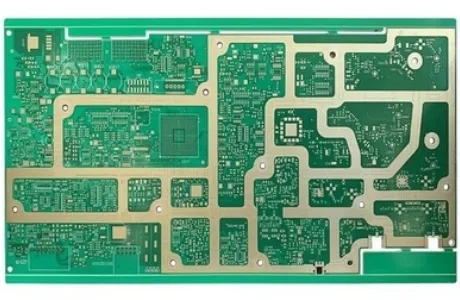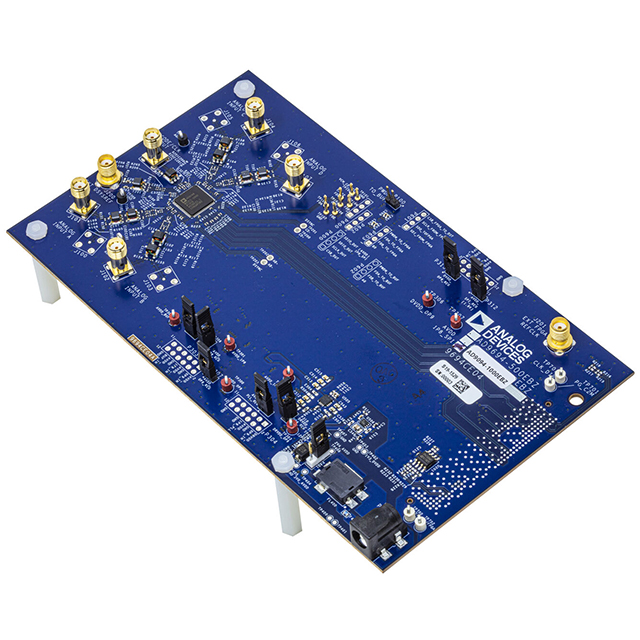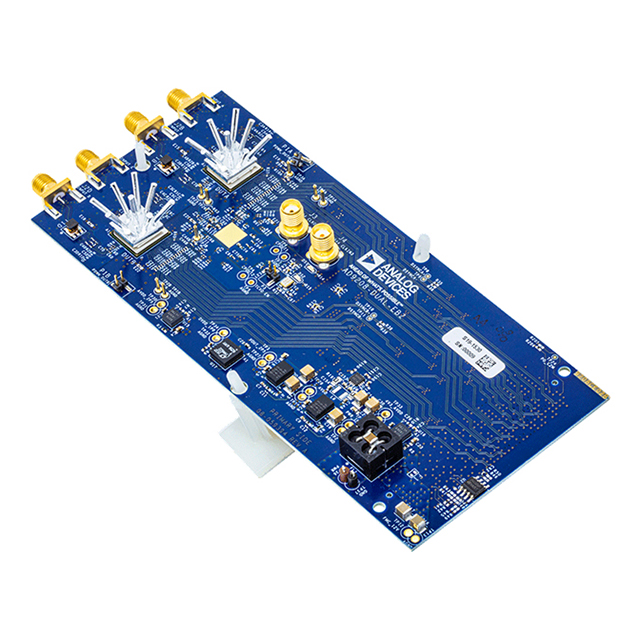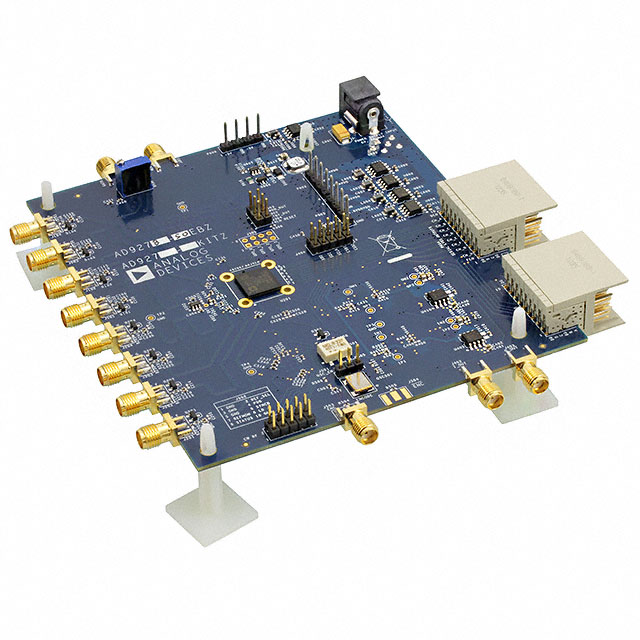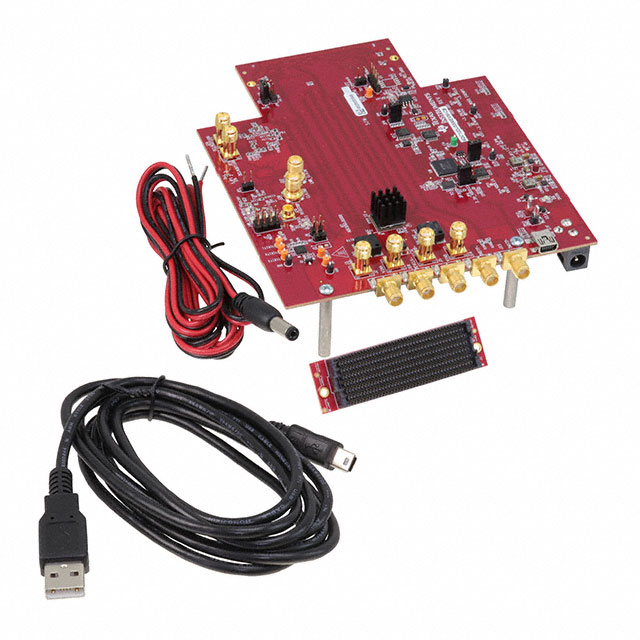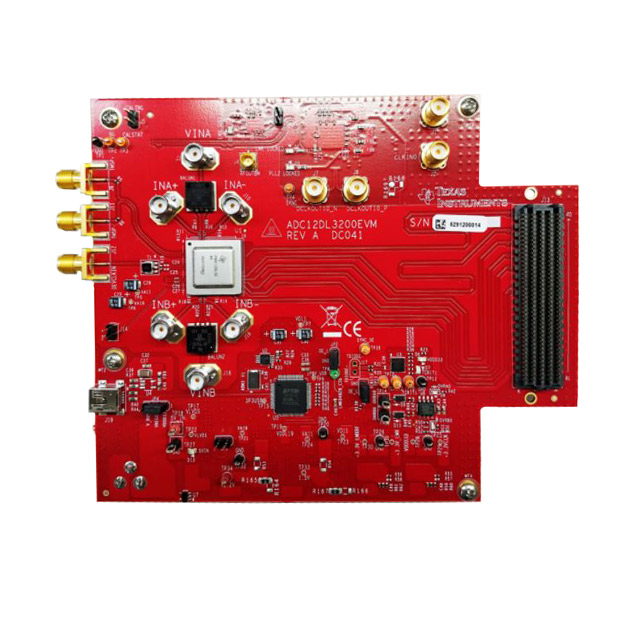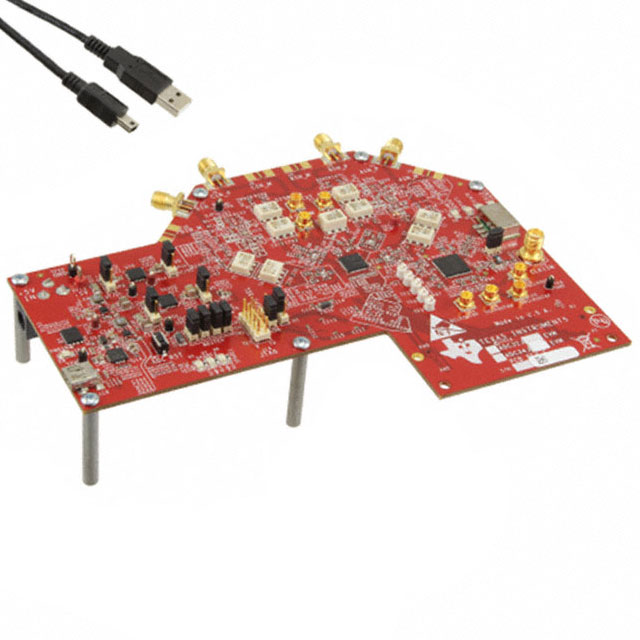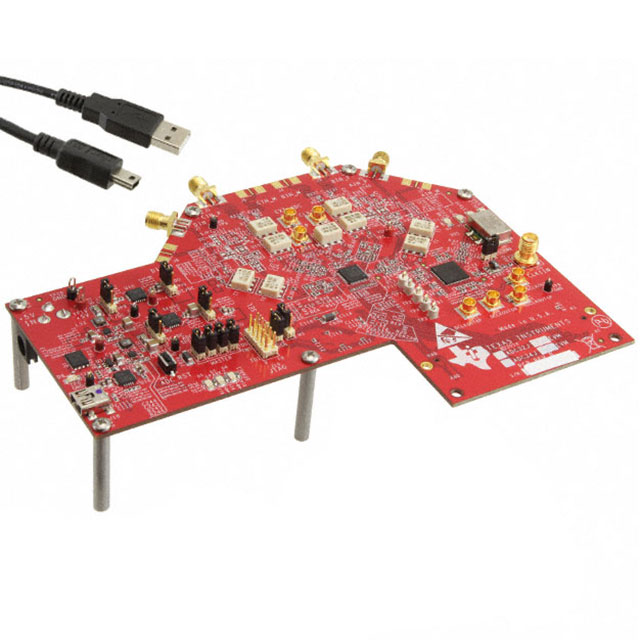
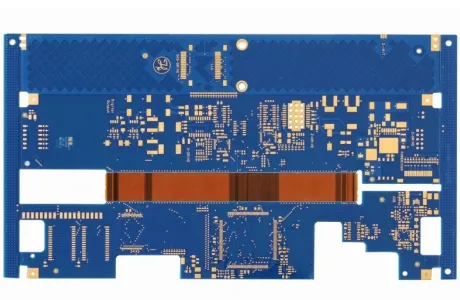
6-layer Immersion Gold Medical Soft-hard Combination PCB Circuit Board
Description :
6-layer immersion gold medical soft-hard combination PCB circuit board is a specialized type of PCB used in medical applications. Immersion gold is used as the surface treatment, providing a soft gold finish with specific properties. The board perfectly combines the advantages of hard and soft materials, providing excellent impact resistance, fatigue resistance, high rigidity, and strength.Product Details:
What Is 6-layer Immersion Gold Medical Soft-hard Combination PCB Circuit Board?
6-layer immersion gold medical soft-hard combination PCB circuit board is a type of printed circuit board (PCB) used in medical applications. It consists of six layers of conductive material and is finished with immersion gold as the surface treatment. The combination of soft and hard materials allows for flexibility and durability, making it suitable for medical devices.
6-layer Immersion Gold Medical Soft-hard Combination PCB Circuit Board Parameter
| Number of layers | 6 |
| Substrate | FR4 |
| Thickness | 1.0mm |
| Surface Treatment | Immersion Gold |
| Special Process | / |
| Stacking Layers | 2R+2F+2R |
| Minimum aperture | 0.2mm |
| line width line spacing | 5/5mil |
| Applications | specifically designed for use in medical devices like medical ventilators and medical anesthesia machine
|
6-layer Immersion Gold Medical Soft-hard Combination PCB Circuit Board Features
A 6-layer immersion gold medical soft-hard combination PCB circuit board has several notable features. Here are some key features:
1. High-end Design and Production: These PCBs are designed and produced with a focus on high-level, high-speed, high-frequency, high-density, and high-difficulty requirements.
2. Flexibility and Durability: The combination of soft and hard materials in these PCBs allows for flexibility and durability, making them suitable for medical devices.
3. Immersion Gold Surface Treatment: The PCBs are finished with immersion gold as the surface treatment. Immersion gold provides a soft gold finish with good oxidation resistance and solderability.
4. Good Conductivity and Oxidation-Resistance: Gold is applied to the surface treatment of the PCBs due to its strong conductivity and good oxidation resistance.
5. Improved Flatness: Immersion gold boards have better flatness requirements, which can be beneficial for applications with higher demands on board flatness.
6. Better Flatness Requirement: For boards with higher requirements, the flatness requirement is better.
7. Signal Transmission: The use of nickel only on the pads of immersion gold boards does not affect the signal transmission in the copper layer, particularly in terms of skin effect.
8. Impact and Fatigue Resistance: This board is mainly made of soft and hard materials. Hard materials provide rigidity and strength to the structure, while soft materials provide flexibility and bendability. This structure offers the 6-layer immersion gold medical soft-hard composite board better impact resistance and fatigue resistance.
9. Cost-effectiveness: The soft-hard board has both the characteristics of FPC and PCB. Therefore, it can be used in some products with special requirements. It has both a certain flexible area and a certain rigid area, which is beneficial to saving the internal space of the product and reducing the cost. It is of great help to improve the volume of finished products and improve product performance.
6-layer Immersion Gold Medical Soft-hard Combination PCB Circuit Board Applications
These PCBs are commonly used in medical devices due to their flexibility, durability, and high-end design capabilities, such as human medical devices, prostheses, etc.


